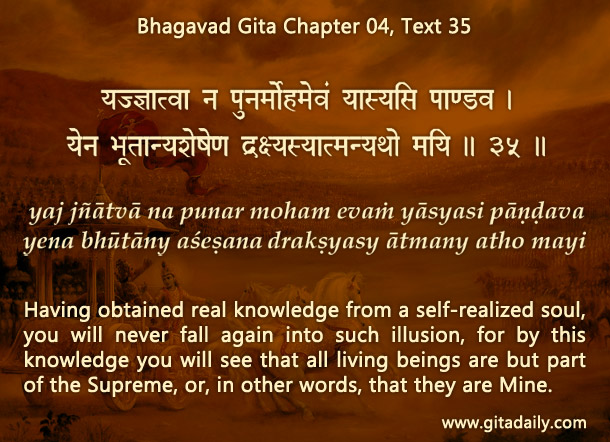
Thoughtful people often dislike sectarianism of any kind due to the divisiveness it fosters. As religions have been known to foster sectarian feelings (“the good we – the chosen people” versus “the bad they”), many people feel that the world would be better off without religion.
However, does ridding the world of religion free it from sectarianism? No. The communist countries that rejected religion as “the opium of the masses” still had two sects: the rulers, a privileged minority, and the ruled, a deprived majority. Even atheism divides people – right-wing atheists place themselves in a special sect called “brights” with everyone else relegated to some inferior sect like dims. Every ideology will inevitably create sects, at the very least dividing people into adherents and non-adherents.
What then is the solution to sectarianism?
What then is the solution to sectarianism?
Not non-sectarianism, for that is simply a utopia. But trans-sectarianism, transportation to a reality that transcends sects.
Gita wisdom focuses right from the beginning on our transcendental non-material essence – the soul. Thereafter, it recommends the process of yoga, especially bhakti-yoga, to realize that transcendental reality, wherein we relish boundless love and joy. Those who view bhakti superficially or even those who practice it superficially may mistake it to be another sect, but it is essentially an expression of the universal longing of the human heart for life and love eternal. This longing is expressed in different forms and to different degrees in different sects across the world. Though Gita adherents may seem to belong to one of those many sects, the Gita (04.35) offers a trans-sectarian benchmark of success: the enlightened see the spiritual connectedness of all living beings – beyond any sectarian discrimination.
By setting as a goal an inclusive vision that transcends all divisive considerations, Gita wisdom takes us beyond sectarianism.
Explanation of article:


Very excellent comparison of sects…,
Hare Krishna Prabhuji,
People now-a-days talk a lot of “Vasudev Kutumbha”.
Through your article, you have precisely explained what exactly would be “Vasudev kutumbha”.
Thanks and Regards,
Ys,
SKD
Hare Krishna! Haribol!